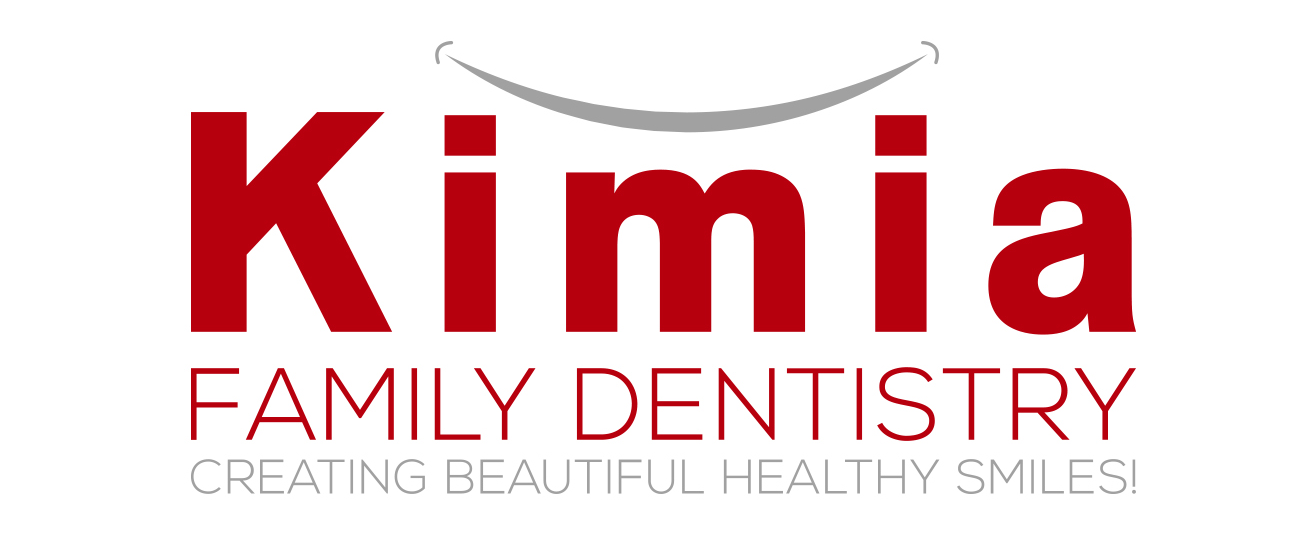Oral cancer is another type of cancer that is gaining in cases. Just as you would take proper preparation to protect against prostate cancer or breast cancer, you should do so with oral cancer screenings. If you’re not familiar with what these are, we’re going to go into some detail about the process so you can be better prepared when undergoing your own oral cancer screening.
Oral cancer screening in Granada Hills involves a physical examination performed by your dentist. They will look at the mouth to identify if there are any precancerous conditions. The whole idea behind this type of screening is to identify signs of cancer early so that the condition can be treated. Those who have early detections are more likely to be cured with treatment than those who are diagnosed later down the line.
In many cases, you can speak with your local dentist Granada Hills to verify that they’re doing an oral cancer screening during your regular dental exam. Most dentists include this type of physical examination in their regular dental cleanings. It doesn’t hurt to ask to be sure, though. This holds especially true if you’re more at risk than others for oral cancer. Some of the most common factors that can put you at a higher risk of getting oral cancer include:
- Tobacco use (snuff, cigars, pipes, cigarettes)
- History of significant sun exposure increases the risk of lip cancer
- Previous oral cancer diagnosis
- Heavy alcohol abuse
If you fall into any of these categories above, it’s a good idea to get regular screening for oral cancer Granada Hills. While these screenings can’t always detect cancer when it’s present, it can go a long way towards detecting cancer earlier than ignoring it. In the event that your dentist does see signs of cancer, they may order additional tests. Some of these tests can be fairly simple to perform.
For example, there are two types of tests used to identify abnormal cells that could be cancerous. The first includes rinsing the mouth with blue dye as the special blue dye will get stuck in the abnormal cells. The second test involves the dentist shining a light in your mouth to identify areas where the tissue appears white. Both of these techniques can be great ways to identify cancerous cells during your oral cancer screening session with your local dentist.


